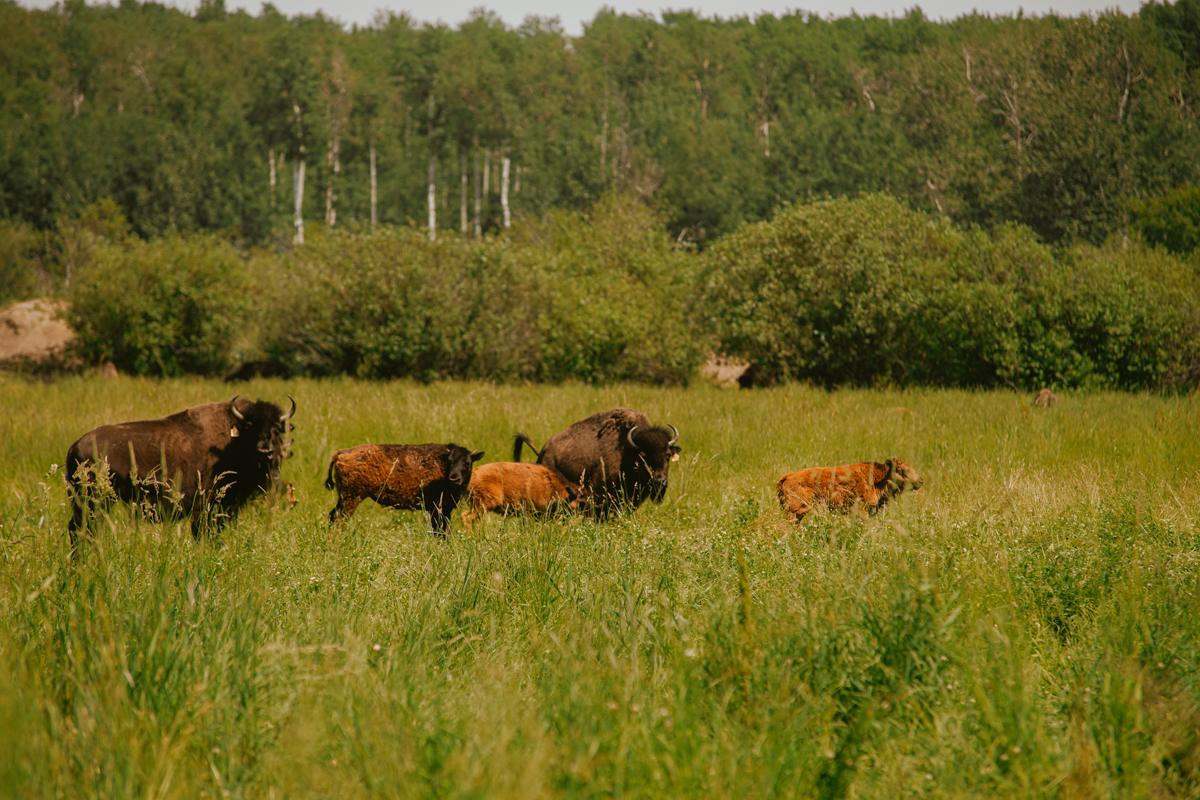
Why Bison Is Higher in Protein Than Beef—And Why That Matters
When it comes to choosing healthy, high-quality meats, bison is gaining serious ground—and for good reason. At True Grit Buffalo Ranch, we’re proud to raise grass-fed, hormone-free bison right here in Alberta. Not only is bison delicious and sustainable, but it also packs a serious nutritional punch—especially when it comes to protein.


